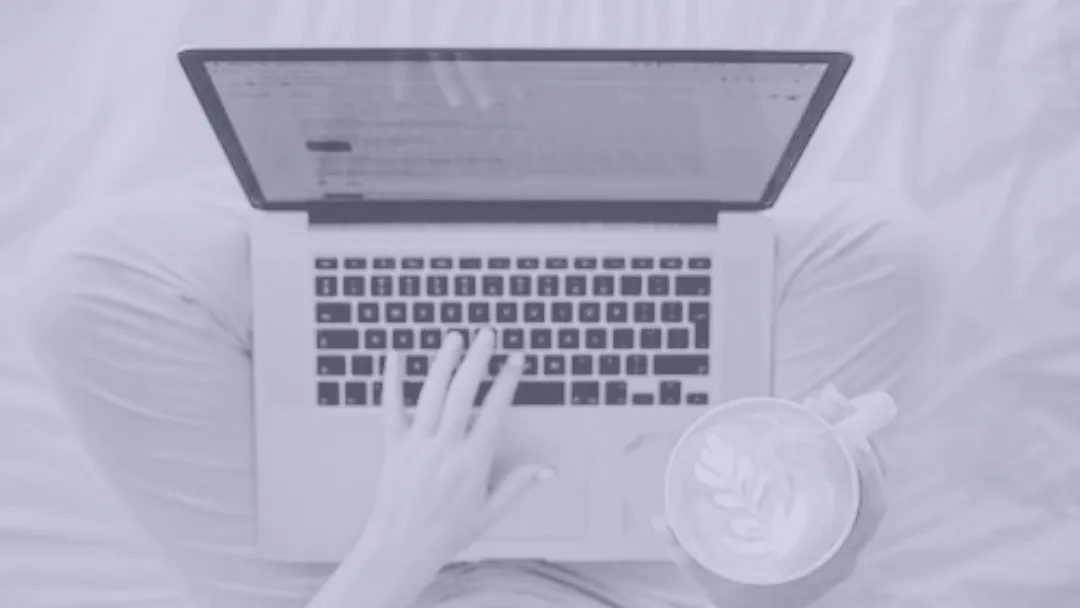Free Resources
Free resources




Check out our blog for tips and advice about women's health.


What is urinary incontinence and how to stop it?
What is urinary incontinence and how to stop it?
Urinary incontinence happens when you accidentally leak urine. It can be caused by different things and come in two main types.
Urge incontinence: This is when you suddenly really need to wee and can't make it to the toilet in time. Some women feel this as soon as they get home, which is sometimes called latchkey incontinence. It happens because the bladder gets overactive and goes into a spasm, making you urgently need to empty it.
Stress incontinence: This occurs when pressure on the bladder increases and the pelvic floor muscles can't hold the wee in. It can happen when you cough, sneeze, exercise, or do something strenuous.
Both types of incontinence—or a mix of both—are common in women, especially after childbirth or around menopause.

Tips to improve incontinence
Fluid Intake: Drink enough water (about 1 ½ - 2 litres a day) to keep your urine from getting too concentrated and irritating your bladder. Avoid caffeine, alcohol, and fizzy drinks as they can also bother your bladder.
Bladder Retraining: You can train your bladder to reduce incontinence. Try not to empty your bladder "just in case" and if you feel urgency, try to delay for a few seconds. You can distract yourself, sit on the arm of a chair to apply pressure to the perineum (area between the anus and vagina), or do pelvic floor squeezes to calm the bladder.
Pelvic Floor Exercises: Weak or overly active pelvic floor muscles can contribute to incontinence. If they are weak, doing pelvic floor exercises (also called Kegels) can help strengthen them. However, if your pelvic floor is overactive, you may need relaxation techniques such as abdominal breathing, stretches, or meditation before starting pelvic floor exercises. Tips to improve incontinence
How to do pelvic floor exercises
Start by tightening around the back passage (like holding in wind) and then move the squeeze forward, as if stopping the flow of wee.
Hold this squeeze for up to 10 seconds, then relax fully.
Repeat up to 10 times
Repeat the same technique with quick squeezes and releases up to 10 times.
Fully relax between each squeeze and aim for 2-3 sessions a day if you're having symptoms, and once a day for maintenance.
If you've been doing pelvic floor exercises for a while without improvement, your technique might be wrong, or your pelvic floor might be too tense. A women's health physiotherapist such as myself can provide personalised advice and treatment to help you with this.
I offer appointments in person at my clinic in Winscombe, North Somerset or online. Click here to find out more.
If you are in the corporate world or run your own business then check out my free webinar
Elevating Business Success
5 key benefits of supporting women's health

Sign up for our newsletter.




